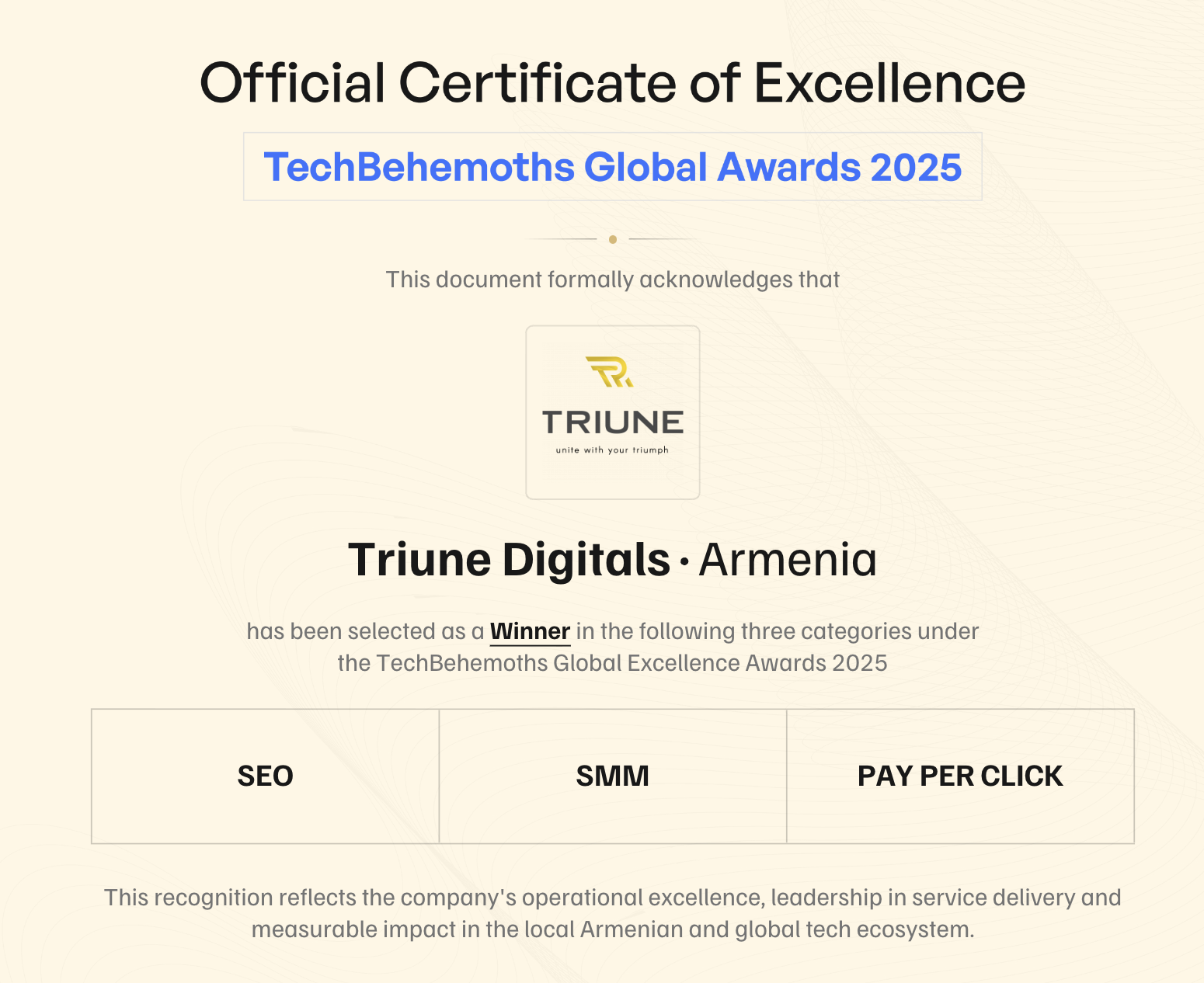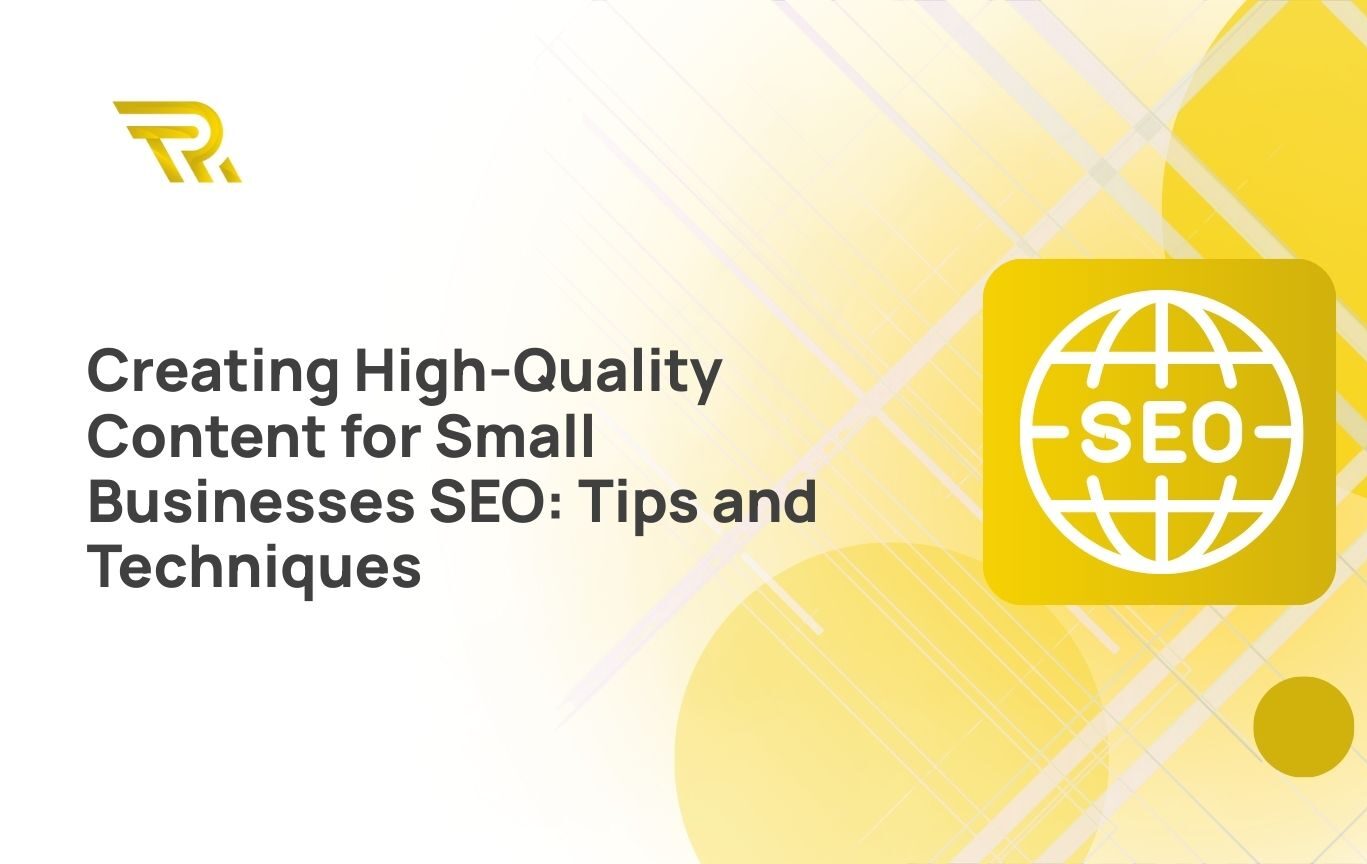Shopify is a famous E-commerce platform recommended by many online sellers for setting up an online retail business. Search Engine Optimization (SEO) practices can improve your online store’s visibility in Search Engine Results Pages (SERPs), helping you attract more traffic. This will often lead to a boost in sales.

The advantages of using Shopify to set up an online store are as follows:
- It is a highly flexible platform and can be tailored to your unique requirements.
- Backend administration is simple.
- It has many built-in tools, including some Search Engine Optimization (SEO) features
- It is intuitive and requires no coding knowledge, so you save time and money right away
Here are our key takeaways
Shopify is a platform that helps create websites mainly for the E-commerce industry.
Shopify SEO refers to the Search Engine Optimization that focuses on the Shopify platform.
To optimize your Shopify website, some things you should work on are the site structure in Shopify; its speed and user experience; the contents of your product pages, and the metatags that should be based on the Shopify keyword research.
Once those are set up, you should try to get backlinks from high-authority websites and verify your website with Google Search Console.
What is Shopify SEO? Why is it important?
Shopify SEO practices refer to the optimization of e-commerce sites that is specific to the Shopify platform. As was mentioned above, some of the benefits of implementing Shopify SEO best practices on your website include:
- Increased traffic from potential customers who are looking for the products or services you offer
- Better conversion rates as your website will be more visible and relevant to searchers
- Higher search engine rankings, giving you an edge over your competition

However, although Shopify stores offer certain SEO benefits, such as a blog and the option to redirect, they can also lead to issues like duplicate content.
In this blog, we will discuss some of the most common techniques for improving your Shopify SEO tools:
- Shopify Site Structure Optimization
- User experience improvement
- Target Keyword Research for small businesses
- Optimize Shopify Product Pages
- Backlinks for Shopify SEO (Add backlinks to your Shopify store to rank higher)
- Removing Duplicate Content
- Creating a Unique Page Title and Writing Meta Descriptions
1.1 Shopify Site Structure Optimization
Optimization is an integral part of making your site more visible and letting search engines easily find all your content. Optimizing your site structure in Shopify is doubly important since it is an E-commerce website. It is made somewhat simpler on the platform since there is a built-in SEO just for that reason. This feature already does the following to your site’s Shopify organization structure:
- The content automatically follows a logical category hierarchy
- Pages do not use frames
- URLs have a simple and readable structure with standard characters
However, you can further optimize your site structure in Shopify by improving the store navigation, using descriptive file names for images, and descriptive link texts for internal links.

With regards to online store navigation, it is good practice to make it well-organized and logical, so a search engine like Google will have an easier time understanding the material. In other words, there shouldn’t be too many categories or subcategories, the site structure in Shopify is simple, so search engines can easily crawl your website and rank the products.
Some things to keep in mind when working on your site structure in Shopify are:
Menu
- Titles should correctly describe their content
- Items should be placed in a logical order that corresponds to your store, as well as shows how they are related to each other.
- The link text for the item needs to be descriptive and matching to the page title it links to
Pages
- Each page needs to have a link in the online navigation
- If possible, the pages should be no more than 3 clicks away from the home page.
1.2 User experience improvement
Now that you have your site structure in Shopify ready, it is time to make it attractive and valuable to a potential customer.
Every shop needs customers to function. This is where the Shopify user experience improvement and optimization comes in. Enhancing user experience in SEO is a critical aspect of your Shopify store optimization, with loading speed being a key factor that both users and search engines consider when assessing your site. One of the first things users notice (at times subconsciously) is the loading speed, so you should ensure your store loads quickly. Not to mention that it is also a factor search engines check when ranking websites.

In the case of Shopify, there are some limits to how much page speed you can reduce since you can only use Shopify’s servers and templates. However, there are still a few things you can work on, such as:
- Removing Shopify apps you do not need or are not using much.
- Reducing the sizes of pictures you upload on Shopify
- Using as few external scripts or custom code as possible on your website.
- Using image sliders sparingly (in favor of one that is well-optimized).
- Using a small number of web fonts, even avoiding them altogether, and instead utilizing web-safe fonts that load a lot faster.
Interested in how fast your online store loads? Now you can check it with Shopify’s report on “online store speed.” It can also help compare your store’s speed to that of other stores.
Improving your site speed will be essential for the enhancement of your customer’s Shopify user experience.
1.3 Target Keyword Research
Keywords also play a big part in Shopify SEO, ensuring that the content and products on your website include keywords people actually search for. That is where Shopify keyword research comes in, and your keywords should be chosen based on buyer personas and viewed from the customer’s side. You can also use top product searches to decide which keywords to target.
3 Things to Look Out For
While doing your Shopify keyword research, there are three things you need to look out for:
- The actual keywords/phrases people use when searching for products like the ones you sell
- The volume of searches for each keyword:
- The difficulty connected with ranking for those keywords: this will depend on the number of current authoritative sites and pages that perform well in search results when those keywords are used.
After you have identified these three pieces of information, you can now select the keywords to optimize your content since you can now see which generate a good amount of traffic but are not that popular with other websites.
Some tools you can use for your Shopify keyword research include Semrush, Ahrefs, Moz, and others. Most of these tools often show the above mentioned statistics and even have other beneficial information (such as the competing sites for the said keyword, suggestions for alternative keywords, and even search results based on country).
1.4 Optimize Shopify Product Pages
Shopify allows users to add different pages to their websites. Some of the most important ones you should consider having are the homepage, collection pages (to put your products in), and the cart page (for checkout). You can also add blog pages or About Us/Contact Us pages to make your store stand out among others. For this section, we will mainly focus on how to optimize product pages for Shopify.

For the layout of your Shopify product pages, you can utilize the conventional layout that most E-commerce websites use, which entails putting the image on the left while the title and the description are on the right.
Although there are Shopify product page templates, you can customize them as well.
Since you have your keywords, you can use them in your product title and description to optimize Shopify product pages. The keywords are helpful not only to your potential clients but for your website as well since your page will be ranked higher if it includes relevant keywords.
The image serves to interest the customers, while the description provides them with more information and tries to solidify their interest in your product. You can have a short, engaging description at the beginning and a more detailed one under it.
A “Call-to-Action” Button for A Shopify SEO
Another aspect to keep in mind when you customize the product page Shopify is the names of your Call-to-Action (CTA), i.e. Add to Cart or Submit Order. Although you can change them to something unique, it is best to use ones most customers are familiar with.
And, of course, a Shopify product page cannot be complete without an image. Make sure you have high-resolution professional photos. The names are also crucial for Shopify SEO optimization, so make sure they use keywords and search terms your customers are likely to use. In addition, be cautious and check that the load speed of the images is quick, as it is used as a ranking factor, and your customer’s Shopify user experience will be more positive.
1.5 Add backlinks to your Shopify store to rank higher
Now that you have your keywords and product pages set up, you will need backlinks.
So, what are backlinks?
Backlinks, or inbound links, refer to links from other websites to your Shopify store. So, in a way, they serve as “word-of-mouth” advertising for your online store. The quality and number of backlinks to your Shopify site have a significant impact on its search ranking. That is why getting high-quality backlinks to your website is crucial for raising the rank of your store.

Getting others to add links to your product pages is not an easy task. Most of the time, people add links when they are citing information that may not be widely known or can provide further insight into a concept. So, unless your products are also unique or so great that they will be regularly written about, it is unlikely that you will get backlinks this way.
How to Add Backlinks to Your Shopify Page
So now you are probably wondering how to add backlinks to Shopify.
If you want to promote your product pages through backlinks, you need to be a bit more creative. Below are some ways that you can use to get backlinks Shopify:
- Reaching out to journalists to be featured on product roundups
- Asking bloggers or review websites to review the products you sell
- Write guest posts focused on your products on high-authority websites
In many of the above cases, this may require a small fee.
Alternatively, you can also make use of internal links and link your products to linkable assets (such as your blogs) on your store’s website. There is also the option of buying backlinks, but that may result in wrecking your website.
1.6 Removing Duplicate Content
Texts that fully match the one on another web page are referred to as duplicate content. Said page could be either on someone else’s website or your own. This is where Technical Shopify SEO may come in.
If the duplicate content is internal (meaning from your own site), search engines such as Google, Yahoo, Bing, and others are often more tolerant toward it. However, in the case of external duplication (meaning your content seems to be copied from another website), search engines are more likely to let it affect your ranking and, at times, may even penalize your store. Although there are many Shopify stores with this problem, there are ways you can use to fix it, which can have a positive impact on your store’s search performance.

How Can You Find Duplicate Content?
Well, to put it simply, it is to perform checks often and confirm that your content is entirely unique. Google’s Content Guidelines describe duplicate content as one that either fully matches other content or is appreciably similar.
However, it also mentions that it can be non-malicious. Some examples of such duplicate content include:
- Store products are linked or shown through several distinct URLs.
- Version of web pages that are printer-only.
- Discussion forums which can generate both stripped-down and regular pages that target mobile devices.
How to Fix Duplicate Content?
Now that you know how to find it let’s see how you can fix duplicate content.
Some basic methods include using canonical tags & domain canonicalization or setting up 301 redirects. Canonical tags refer to a part in the HTML that lets search engines know that said URL is the main/master version of a page. The 301 redirect Evers to a permanent redirect where the diverted page receives complete link equity (ranking power).
However, if you still think your content may appear as a duplicate even after trying the above method, you have two more options.
- You can ask the owner of the said site to change their content (if you believe their content is a copy of yours)
- You can edit your own content if you believe that the other person may have also used the information from the same place as you (for example, the product description from a manufacturer).
In any case, if the former options do not work and the problem persists, it may be simpler to write a new copy.
1.7 Creating a Unique Shopify SEO Page Title and Meta Descriptions
Lastly, let’s go back to the fundamentals: the page title and meta description. These are part of the basic SEO checklist for Shopify, along with purchasing a custom domain through Shopify, setting up Google Analytics for small business SEO and Search Console, and the other sections that were discussed above.
The meta title, otherwise known as a title tag, and the meta description play an essential part in the search engine ranking of a website. This is also the place where you should input the Shopify keyword research mentioned above. The keywords should be related to the content of the page, no matter if it is a blog post about types of leather or a product page for a pair of leather boots.
What is Shopify SEO metadata for?
This metadata aids search engines like Google to comprehend the page content better. And the better it does so, the better the ranking of your site might become. Although Google mentions that it does not currently use meta descriptions as a ranking factor, an engaging meta description is likely to have a subconscious effect on the reader.
Each title and meta description should be written following the SEO best practices so that they are as SEO-friendly as possible. The target word count is usually about 60 characters for the title, while for the meta description, it is about 160 characters.

Although adding keywords, or shortening/lengthening the title and meta description may be a tedious task, especially if you have many product pages that are in need of that, it is unmistakably something that will benefit your Shopify store in the long run. There is a high possibility that it could help boost your search engine ranking.
In order to edit your meta titles and descriptions on Spotify, simply go to “Online Store” → “Preferences.” Also, for even better results, it is best to avoid using stop words such as “a,” “an,” “the,” “but,” and others.
Google Search Console For Shopify SEO
As was mentioned in one of the above subsections, the Shopify Google Search Console is part of the basic SEO checklist you should adhere to get a better ranking. It helps measure the site’s search traffic and performance and fix issues.
Well, now let’s discuss how to add a Google Search Console to Shopify..
First of all, you will need to log in to your Gmail account and go to the Google Search Console website to verify your website. This is a requirement by third-party services such as Google Webmaster. The purpose is to confirm that you are the actual owner of the Shopify store before their services are provided.
How does GSC work?
On the GSC page you will have two options: Domain (use this option if you have a third-party domain that has not been transferred to Shopify) and URL prefix (use if your domain was purchased through Shopify or is a “myshopify.com” domain).
After inputting your domain URL, you will be given different options on how to verify your site. Perform the tasks for the option you choose, and your Shopify website will get verified.
Note: When you input your domain URL into either of these, make sure your page is live; otherwise, Google will be unable to verify it.
In Shopify, a sitemap file where your website’s individual pages are listed is generated automatically for all Shopify stores. The goal of a sitemap is to inform Google and other search engines how your website is organized. For more information on how to submit it, check out Google’s guide.
Crawlability is another important ranking factor, and you can utilize Google Webmaster Tools to check if there are any crawling errors on your website. Bots that “crawl” a website and its pages are how search engines index websites. A crawling error occurs when a bot attempts but fails to access a specific page (or website). If you are notified of any such errors, it is best to act quickly and fix them as soon as possible.
When Do You Need a Shopify SEO Expert or Specialist?
A Shopify expert is necessary if there’s an intent to make the e-commerce shop your primary business. Experts are focused on understanding the business, products, and USP.
The sections above were mainly focused on the Shopify SEO fundamentals. However, although the provided tips may help you get started, especially if you are not that familiar with SEO, doing it constantly may be quite draining, especially since you have a shop to run.
Search engines such as Google or work-related websites like LinkedIn and Upwork are good places to start if you want to find an SEO specialist. But when choosing an agency, it is best to look at their websites and portfolios to understand what they are capable of.
Also, check what type of services they provide and if those are what you want to use with your website. For example, if your shop has a physical location, you can try to find an agency that also performs local SEO.
To Sum Up: Optimization For a Shopify Product Page
Shopify Site Structure:
- Shopify has built-in SEO with a few features that can help you optimize your online store’s website.
- Further improve your Shopify store navigation with descriptive file names and link texts.
- The Shopify organizational structure should be logical, so search engine bots can easily crawl through.
Shopify User Experience, Page Speed:
- For Shopify page speed optimization that will lead to a better user experience, you should remove Shopify apps that are unnecessary, reduce image size, and use fewer external scripts and a small number of web fonts.
- Check out your page’s speed with Shopify’s report.
Shopify Keyword Research, Shopify Product Page, Meta Tags
- Choose keywords based on buyer personas and view them as if you are the customer.
- Look out for the keywords, their volume, and how difficult it would be to rank for them.
- Utilize those keywords in your Shopify product page meta titles and descriptions, as well as the actual titles and descriptions of each of your products.
- Have high-quality professional photos to draw customers in.
Duplicate Content
- Remove duplicate content, especially if it is external.
- Use canonical tags and set up 301 redirects.
- If all else fails, ask the owner of the site to change their text if you believe yours is the original or edit your content if you used the same information.
Backlinks, Google Search Console
- Backlinks are like links on other websites that link to your content
- Get backlinks by reaching out to journalists and bloggers to review or feature your product and writing guest posts or blog posts for your website that focus on the product.
- For Google Search Console Shopify optimization, add a sitemap to GSC after verifying your website to raise its rank.
Do You Want To Scale Up Your Site’s Organic Presence?
Juggling so many things at once may be overwhelming, especially once your product starts to take off! If this rings true with you, we would be happy to discuss what possible directions you could go to optimize your Shopify SEO. Just contact us, and our SEO experts will lighten the weight on your shoulders, provide free SEO audit and services to boost your website.





